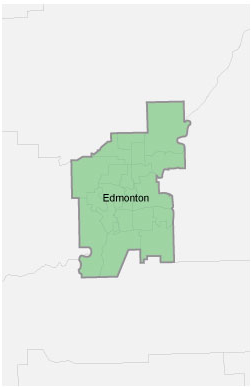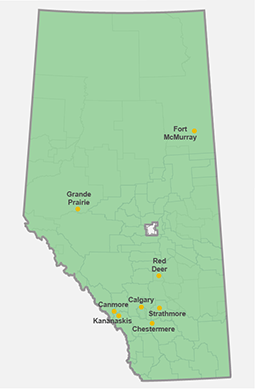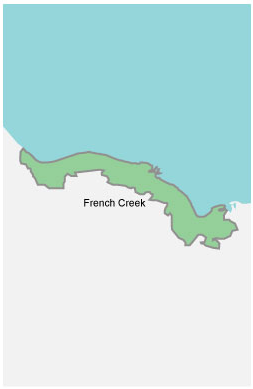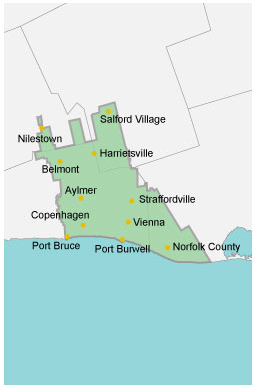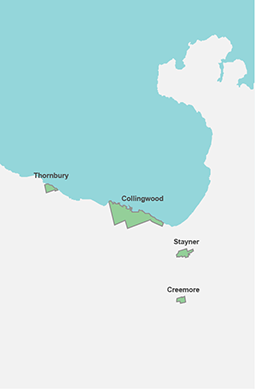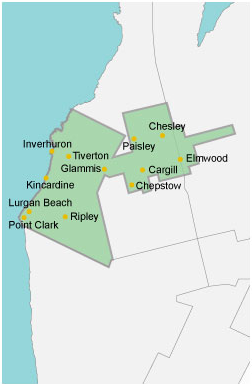Natural light
Play up the natural light in your rooms with window treatments that maximize, not block, the light. Install sky lights, or consider using solar tube day lighting in rooms with easy access to the roof. Solar tubing uses reflective tubes to bring daylight into rooms with no windows.
Decor
Remember the impact that colour can have on your lighting choices. White walls and ceilings reflect more light than dark walls and ceilings. Therefore, the darker your decor, the more light you will need in the room.
More light for your money: Consider placing floor and table lamps in the corners of your rooms, as the light will bounce off of two walls rather than just one.
Light bulbs
The light bulbs you choose make a huge difference in the energy you use. Replace your incandescent bulbs with compact fluorescent lamps (CFLs) and LEDs. Here's why:
- CFL and LED bulbs deliver the same output as incandescent bulbs but use significantly less energy.
- 90% of the energy incandescent bulbs use is lost as heat. CFLs and LEDs are cooler and more of the energy they use goes toward producing light.
Dimmers, timers and sensors
- Dimmers help you to save energy and add a variety of light levels to your rooms. Look for dimmers that allow a full range of light levels.
- Make sure the light bulbs you use are not brighter than you need and that they're rated to function with dimmers (not all light bulbs are compatible with dimmers).
- Replace your ordinary wall switches with hi/low switches, but make sure these switches don't use resistors, or you won't save energy.
- Install timers or motion sensors to turn your lights off when a room is unoccupied.
Household tips
- Turn your lights off when they're not in use to save energy and lamp life.
- Clean your bulbs and fixtures. Dust and dirt reduce light levels.
- When cleaning, turn the fixture off or unplug it to prevent shock.
- Avoid having too many lights controlled by a single switch as you may use more lights than you need. Your light switches should be visible and easily accessible so they're easy to turn off.
Holiday lights
- Switch your incandescent light strings to LEDs to save money on your energy bill.
- LEDs use 90% less energy than incandescent bulbs and don't get hot.
- The amount of energy consumed by just one seven-watt incandescent bulb is equal to 140 LEDs (more than 14m of lights).
- Only turn on indoor lights and Christmas trees when you're in the same room.
